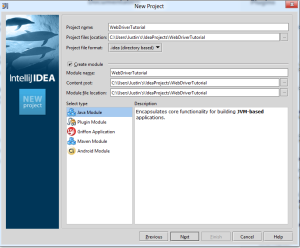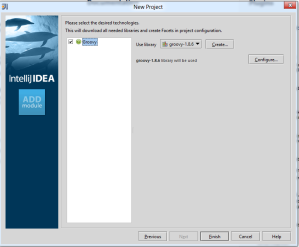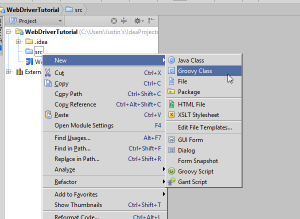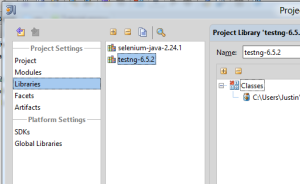Recently I was asked to write a Neustar script to download files from the browser. The goal of the script would be to calculate the sites performance during [X] downloads.
The following is the download step:
test.beginStep("Download");
var wrapper = driver.findElement(By.className("download-wrapper"));
// Find the name, size, and url of the download
var downloadName = wrapper.findElement(By.cssSelector(".download-info")).getText();
var downloadSize = wrapper.findElement(By.cssSelector(".size")).getText();
var downloadUrl = wrapper.findElement(By.partialLinkText("DOWNLOAD")).getAttribute("href");
// Fix name and size
// Name: [EpicDownload.zip\n] (remove ' \n')
// Size: [99999999 bytes] (remove ' bytes')
downloadName = downloadName.substr(0, downloadName.indexOf("\n"));
downloadSize = downloadSize.substr(0, downloadSize.indexOf(" "));
// Create the httpClient with the cookies from Selenium
var client = driver.getHttpClient();
client.setFollowRedirects(true);
client.setCheckValidSSL(false); // Test sites usually have invalid certs
client.setSocketOperationTimeout(60000); // This value will change depending on the site requirements
// If your site requires cookie authentication (Jsessionid) then we need to add the cookies
// to the httpRequest from Selenium.
var javaCookies = driver.manage().getCookies();
// Create the http GET request on the download url
var httpGet = client.newGet(downloadUrl);
// Call to custom setCookies function to add all the cookies to the http request
var httpRequest = setCookies(javaCookies, httpGet);
//Download the file to memory (do not write to the file system)
test.log("Starting download: " + downloadName + " [" + downloadSize + " bytes]");
// This will download the file from the server into memory
var httpResponse = httpRequest.execute();
// For our test we didn't need to assert anything but you could check that the download size is
// correct. Or the file name matches your expected.
var transactionStepObject = httpResponse.getInfo();
test.log("Download completed [" + transactionStepObject.getBytes() + " bytes] in " +
transactionStepObject.getTimeActive() + "ms");
test.endStep();
//--- Util Functions
// Takes an array of javaCookies (from Selenium) and adds them to the httpRequest
var setCookies = function setCookies(javaCookies, httpRequest) {
var javaCookiesArray = javaCookies.toArray();
var cookieString = "";
// Populate the cookieString with all cookies currently contained in the driver
for (var i = 0; i < javaCookiesArray.length; i++) {
var cookie = javaCookiesArray[i];
cookieString += cookie.getName() + "=" + cookie.getValue() + ", domain=" + cookie.getDomain() + ", path=" +
cookie.getPath() + "; ";
}
// Add the cookies as a request header
httpRequest.addRequestHeader("Cookie", cookieString);
return httpRequest;
};








